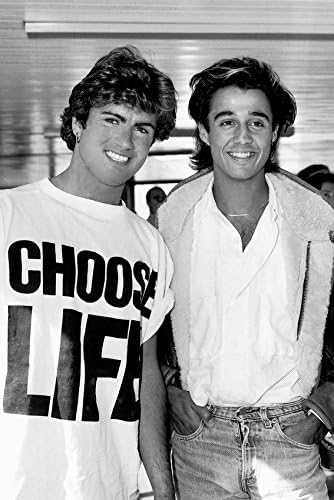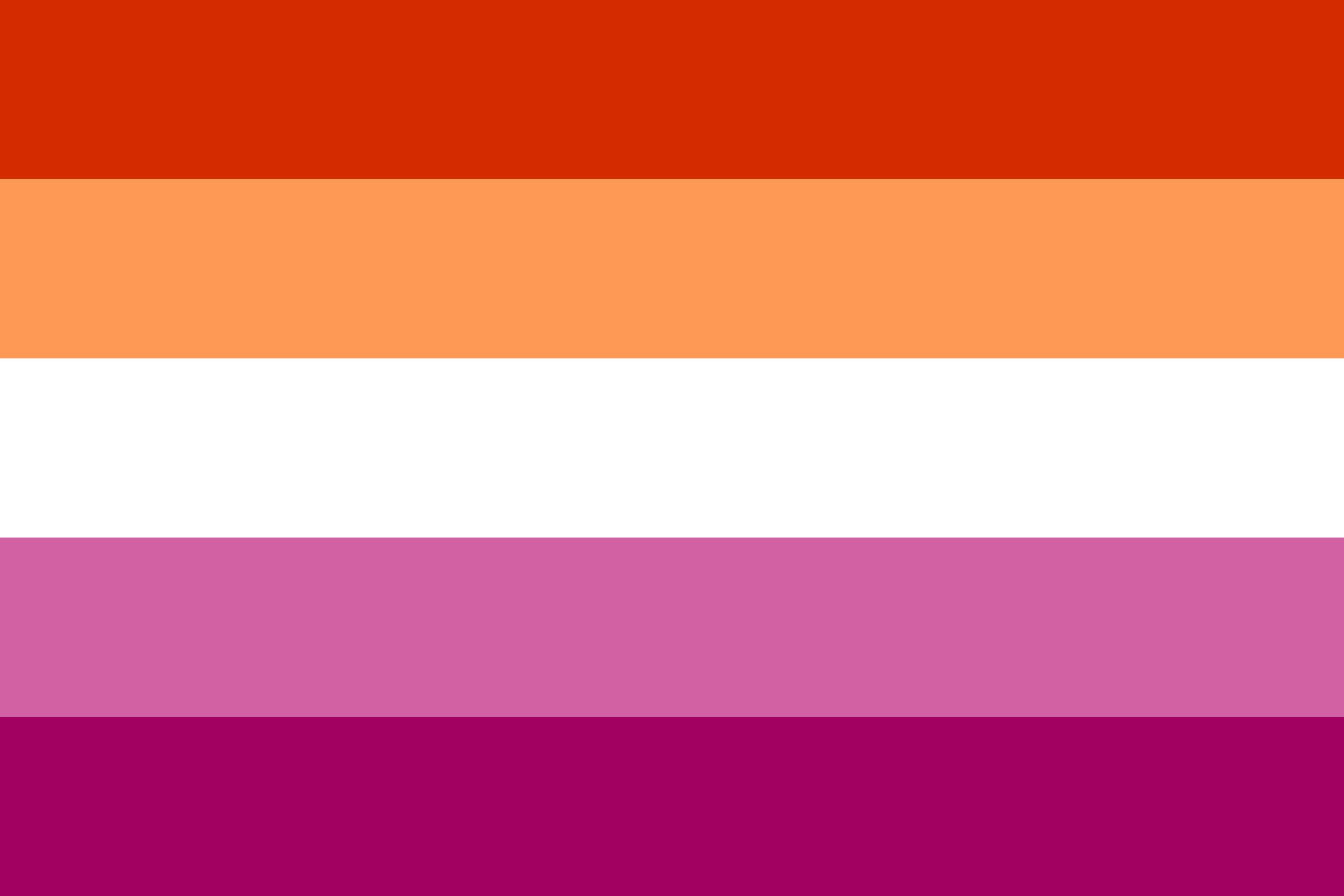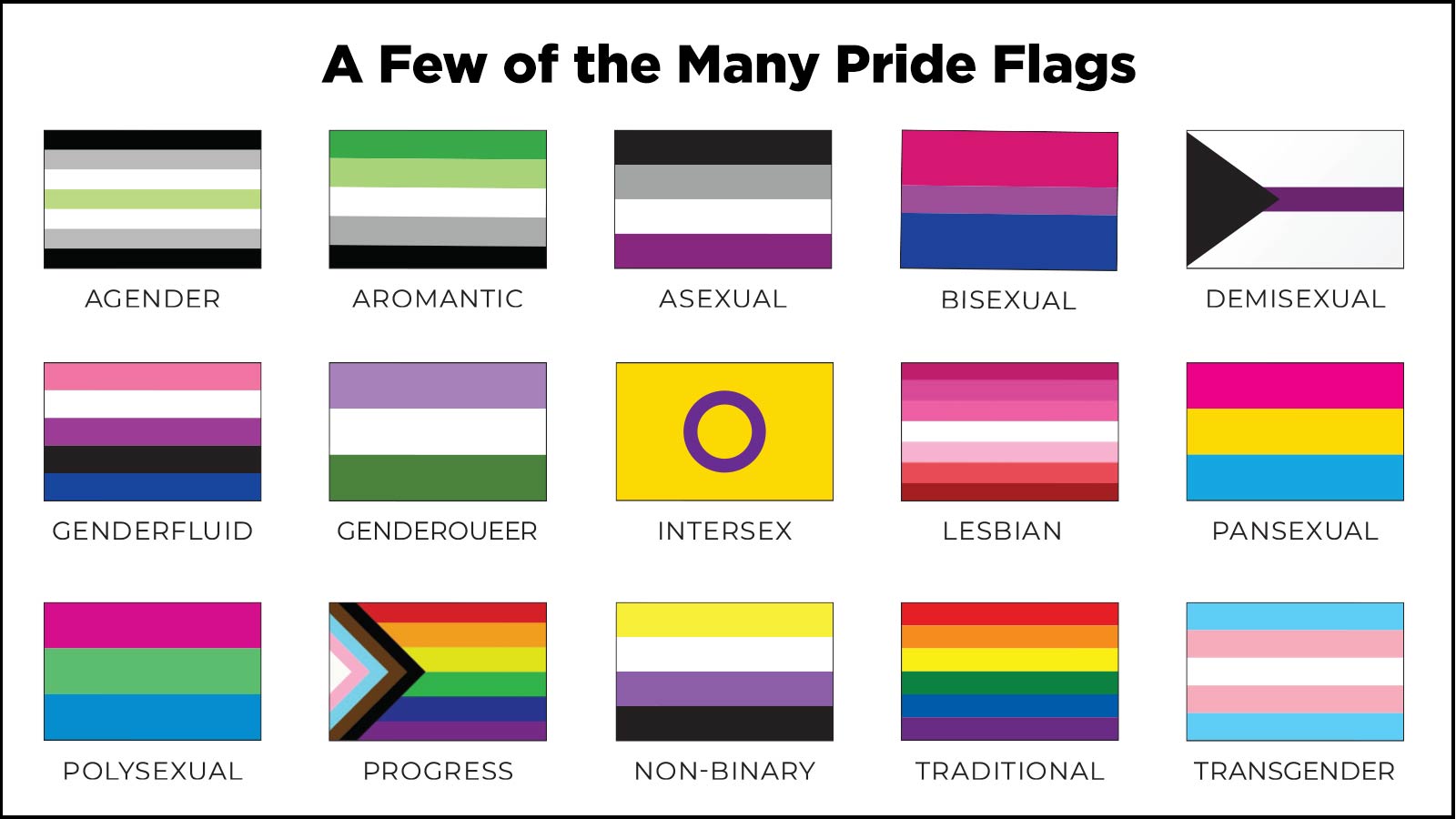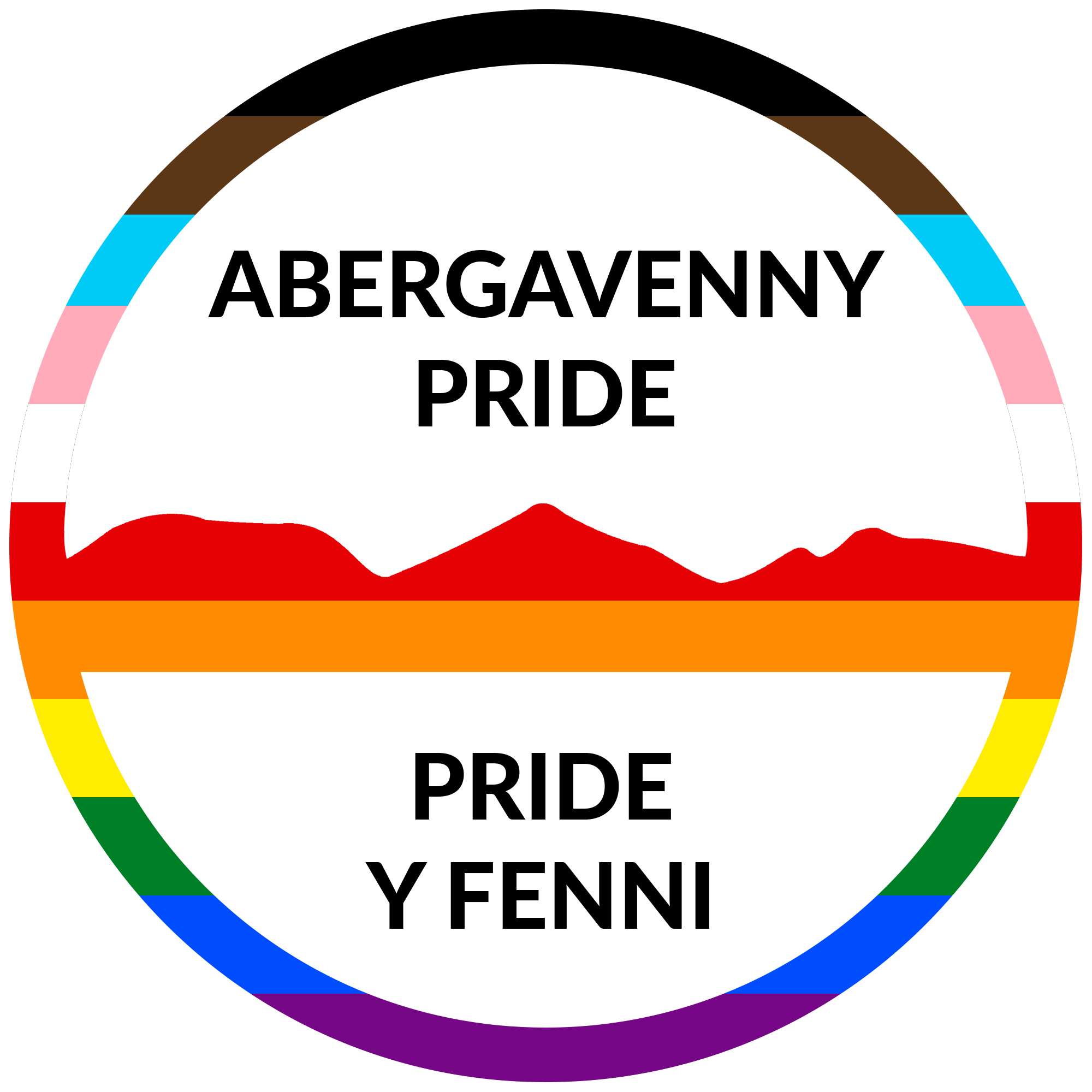October
Blog Chapters
October Edition
October is on its way and with that comes my favourite time of year. Its when the leaves all start turning orange brown and everything starts getting that golden sheen, pumpkins keep popping up everywhere and everyone is on the countdown to Halloween also known as Gay Christmas! There are many other things happening across October…
October is also Asexual Awareness Month. Asexuality is the lack of sexual attraction to others, or low or absent interest in or desire for sexual activity. It may be considered a sexual orientation or the lack thereof. It may also be categorized more widely, to include a broad spectrum of asexual sub-identities.
Asexuality is distinct from abstention from sexual activity and from celibacy, which are behavioural and generally motivated by factors such as an individual’s personal, social, or religious beliefs. Sexual orientation, unlike sexual behaviour, is believed to be “enduring”. Some asexual people engage in sexual activity despite lacking sexual attraction or a desire for sex, for a number of reasons, such as a desire to physically pleasure themselves or romantic partners, or a desire to have children.
Acceptance of asexuality as a sexual orientation and field of scientific research is still relatively new, as a growing body of research from both sociological and psychological perspectives has begun to develop. While some researchers assert that asexuality is a sexual orientation, other researchers disagree. Asexual individuals may represent about one percent of the population.
Various asexual communities have started to form since the impact of the Internet and social media in the mid-1990s. The most prolific and well-known of these communities is the Asexual Visibility and Education Network, which was founded in 2001 by David Jay.
Spirit Day is an annual observance held on the 3rd Thursday of the month to raise awareness around the bullying and harassment that many LGBTQ+ individuals face. The day encourages people to wear purple as symbol of support for LGBTQ+ and show solidarity against bullying. Spirit day was started by a teenager, Brittany McMillan in 2010 in response to a series of suicides by young LGBTQ+ and has since grown into an international event. Spirit Day aims to promote a message of acceptance, love, and support for LGBTQ+ youth and to raise awareness about the ongoing need to address bullying and discrimination in all its forms – so in the words of George Michael – Choose Life!
October is also when International Lesbian Day is celebrated (08th), it’s a time to both celebrate and bring further visibility to lesbians within the LGBTQ+ community. The day has been observed since the 1990’s and is similar to the Lesbian visibility held in April which is when our blog will have a lesbian theme; but in celebration of International Lesbian Day our meet the team feature will be one half of our very own lesbian couple, and one of the founders of Abergavenny Pride.
The 11th of October is when we celebrate National Coming Out Day. Everyone has a coming out story whether its good, bad or a mix of everything. This was first celebrated in 1988 in America and has continued to be observed and grown ever since. It was originally conceptualised to help support people to “Come Out of The Closet”. Its idea is that Homophobia thrives in atmosphere of silence and ignorance, and that once people know that they have loved ones that are LGBTQ+, they are far less likely to maintain homophobic or oppressive views. We don’t ever want to pressure anyone to come out before they are ready, and once you are out, it seems that you are continually having to come out every single day to new people – Click Here for some handy resources.
October is also Black History Month, and whilst its not particularly a queer topic, its an opportunity for us to highlight the contributions of Black LGBTQ+ people, which are more than often erased from history. Black people have always been at the centre of the LGBTQ+ liberation movement – think Marsha P. Johnson & Stoirme DeLarverie – to modern day activists like Monroe Bergdorf. Here is an impressive blog around “What does it mean to be black and queer?” with questions around being enough, the impacts of slavery and the lack of representation in the Black & Queer community.








A Moment of History
Pronouns, their history, use and what not to do, are something that I am still actively learning about. New information is always becoming available, and we should all be encouraged to read it all. Seeing your inspirations in the public eye come out as they use different pronouns, is a reminder that change is constant and good. Sam Smith, Nico Tortorella, Indya Moore, Brigette Lundy-Paine, and Demi Lovato all use they/them pronouns. Seeing big stars come out paves the path for others.
In day-to-day life, it’s as simple asking about a person’s pronouns, or checking your work colleagues email signatures or displayed name as these are where you will find them without feeling intrusive or rude. In the 1800’s people were desperate for gender-neutral pronouns. The search was popular amongst feminists who wanted to use gender neutral pronouns to eliminate social basis between men and women, especially when everything (legal, policy and social) was written in preference of a male pronoun and an 1852 newspaper the Semi-Weekly Eagle reported it as “an invention of a new pronoun of the common gender”. Whereas today people have a better understanding of the gender spectrum and its fluidity. This is why we have the need for pronouns that accommodates a person’s need if they choose to use them. There is a variety of pronouns that can be used, but today the ones we use include Ze/Zim and Sie/Hir, whereas Ne, Nis, Nir and Hiser pronouns were used in the 1850’s.
With the rise of They/Them being used, arguments have of course arisen, which is fairly common when language changes. According to Ben Zimmer (a linguist) in a Times article, “if people have trouble now, its understandable because when we’re dealing with something as fundamental as a pronoun. Changes like this might seem to go against people deeply held feelings about how language works.” I’ve heard people say that THEY can’t be singular – but when pushed they don’t have a reason other than it doesn’t make sense.
It’s a popular argument online and in tabloids, but the use of a singular they dates back as far as the 14th Century, in a middle English poem called William and the Werewolf, where they is used to refer to unnamed person. And of course, the bard himself was a huge advocate for the use of a singular they.
This shows that people were using the singular they in conversations before words were on paper. It shows that a person using they/them pronouns isn’t a problem within speech or the written word. In fact, they/them is just as common now as she/her and he/his. Fast forward to today, pronouns like they/them, she/her, he/his, and neopronouns like ze/zir are proudly (as they should) displayed on people’s social media pages like Instagram. The app allows its users to pick their pronouns to be displayed on their profile which offers a person to add up to four pronouns to their bio.
This is a huge step forward in making pronouns accessible and visible, and hopefully will reduce the number of cases of misgendering but can also open doors for intentional misgendering and/or hurting someone deliberately. Harvard medical school has published a paper on misgendering – which can you can find here – Misgendering: What it is and why it matters – Harvard Health
Hopefully, soon it will be widely accepted that whatever a person chooses their pronouns to be, they will be used or for those who don’t feel the use for pronouns like Janelle Monáe said in a Them article, “People can call me whatever it is they want to call me. I know who I am. I know my journey. And I don’t have to declare anything.”
| Pronoun | Sounds like | Variations |
| He/Him | You already know this one! | His, Himself |
| She/Her | You already know this one! | Hers, Herself |
| They/Them | Yes, it’s okay to use this referring
to a singular person! |
Theirs, themself |
| Ze (or Zie) | Zee (like “see” with a “Z”). | Can also be spelled as Xe |
| Name | Whatever their name is! | Some people don’t want to use pronouns at all and will ask
you to refer to them by their name alone. |
It is important to note that you should NEVER refer to an individual as “he-she” or “it.” These pronouns are slurs used against transgender and gender non-conforming people.
Fly That Flag
Before the creation of the asexual flag that we know today, the most widely used symbol for asexuality was the AVEN Triangle – an upside-down triangle with a black and white gradient and bordered by the colour purple.
According to the blog Asexual Agenda, the white part represents the “homosexual-to-heterosexual spectrum”, while the black part represents asexuality.
The purple accent, which was used in the overall design of the AVEN website, was said to have been chosen by AVEN’s creator after taking inspiration from a legend surrounding purple amethyst. The legend claims that placing purple amethyst in wine can keep someone from getting drunk. This legend was used to stand as a loose metaphor for asexual’s lack of sexual desire.
Today, there is one flag that is widely accepted and used by the ace community. This ace flag was designed in 2010 by AVEN user “stand-up” after a month-long campaign to create a flag that accurately represents the ace community. The flag consists of four differently coloured stripes, symbolizing the following:
- Black represents asexuality;
- White symbolizes non-asexual partners and allies;
- Gray represents gray-asexuality, demisexuality, and the ace spectrum;
- Purple symbolizes community.
As with other identities, there is no one way to define asexuality but its rather a spectrum. Here are some of the identities that fall under the acespec.
Gray-asexual
Also known as “graysexual” or “gray ace”, gray-asexual describes the gray area between asexual and allosexual. People who identify as gray ace may experience some degree of sexual attraction but may not feel comfortable fully identifying as allosexual. Gray ace may be used to describe people who:
- Experience sexual attraction but have a low libido
- Experience sexual attraction and/or enjoy sex but only under certain circumstances
Demisexual
Demisexual people must form an emotional bond with someone before they can be sexually attracted to them. For some, attraction works in two stages: primary and secondary attraction.
Your primary attraction to someone could be based on their smile, their laugh, their eyes, or your first impression of them. Meanwhile, secondary attraction is something that forms after you spend some time with that person and get to know them on a deeper level.
Demisexual (and demiromantic) people typically only experience secondary attraction.
Reciprosexual
Reciprosexual people only experience sexual attraction to people who reciprocate their feelings. Until they know that someone is attracted to them, reciprosexual people will not develop an attraction to that person.
Akoisexual
Also known as lithsexual, these are people who can experience sexual attraction to others but may lose that feeling of attraction once they know that their feelings are reciprocated. In a sense, akoisexuality is the opposite of reciprosexuality.
Aceflux
Aceflux people have a sexual orientation that fluctuates over time. They may fluctuate between asexual and sexual, much in the same way that genderfluid people may fluctuate between different genders or even identify as having no gender altogether.


